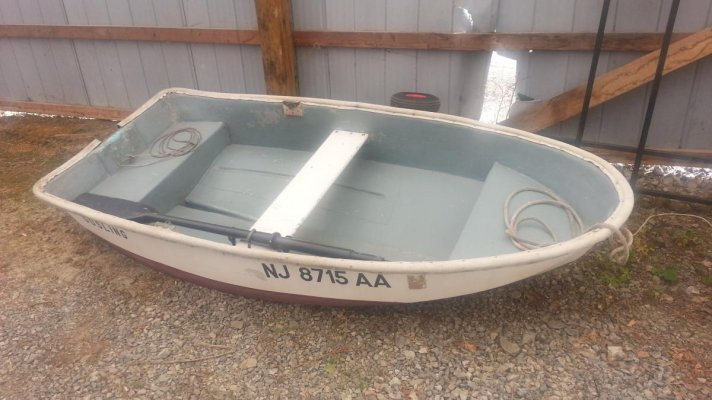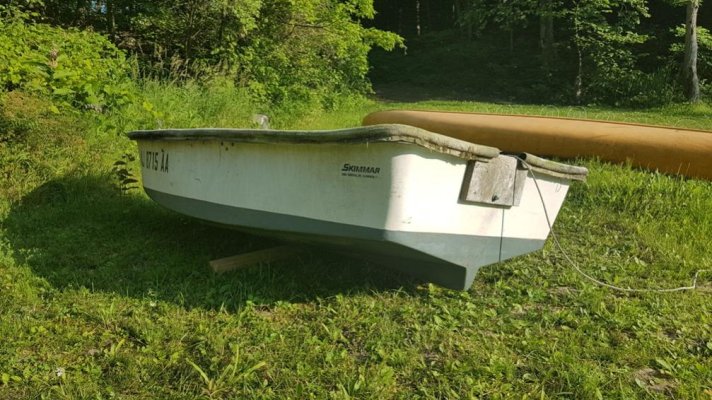Marlinmike
Guru
Take a look at a 6hp Suzuki, light enough, tank internal or external and if you two are light can get you on plane.
Electric is great if you don't use raft much (no need to worry about fresh gas) and stay real locally.
Electric is great if you don't use raft much (no need to worry about fresh gas) and stay real locally.


